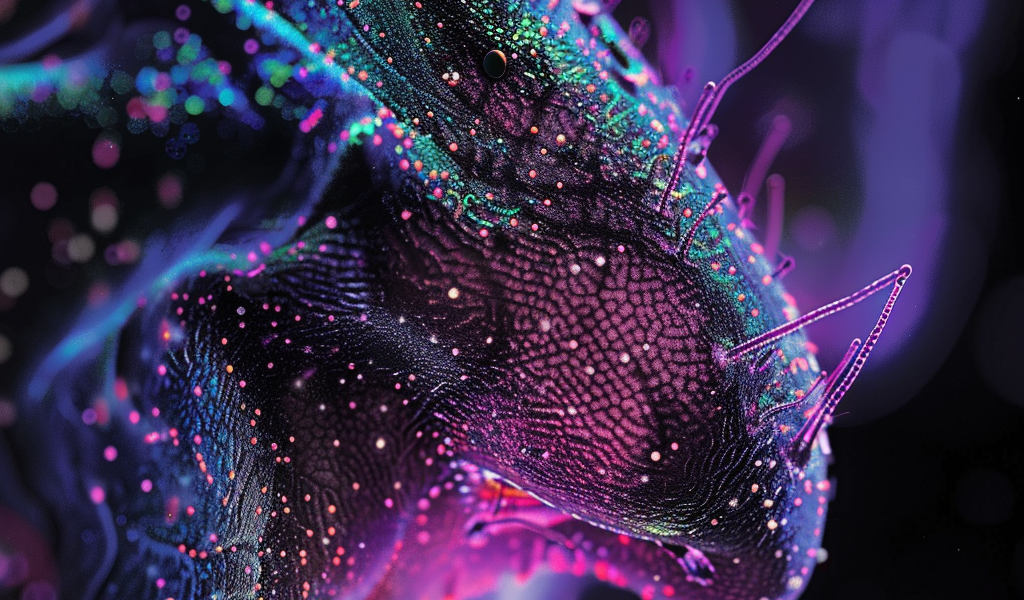Brainstem Control of Vocalization and Its Coordination with Respiration
The coordination of vocalization and respiration is a crucial aspect of mammalian communication. A recent study by Jaehong Park, Seonmi Choi, Jun Takatoh, Shengli Zhao, and Fan Wang has shed light on the neuronal circuit directly mediating vocal production and vocal-respiratory coupling in mice.
Prior research has identified brain nuclei that regulate vocalization, but the specific neurons responsible for vocal cord adduction and vocal-breathing coordination have remained unknown. In their investigation, the authors identified vocalization-specific laryngeal premotor neurons located in the retroambiguus nucleus (RamVOC) as the key control node for driving vocal cord closure, thus coordinating expiration effort and sound production. They found that suppression of these neurons by the preBötzinger complex underlies the inspiration gating of vocalization.
Phonation, the process governing vocalization and speech, requires simultaneous actions of narrowing the larynx (vocal cord adduction) and exhaling air from the lungs. The study’s findings provide valuable insights into the neural mechanisms underlying vocal-respiratory coordination and the prioritization of breathing during vocalization.





